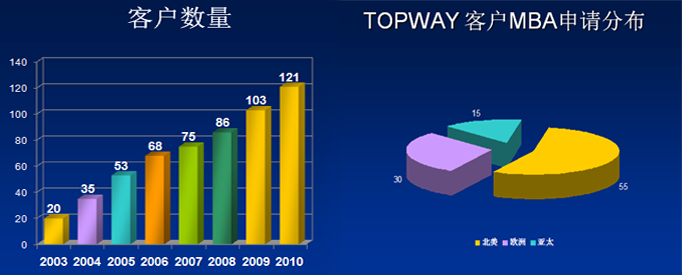GWD28-Q3 to Q6:
Social learning in animals is said to occur when direct or indirect social interaction facilitates the acquisition of a novel behavior. It usually takes the form of an experienced animal (the demonstrator) performing a behavior such that the na?ve animal (the observer) subsequently expresses the same behavior sooner, or more completely, than it would have otherwise. One example of social learning is the acquisition of preferences for novel foods.
Some experiments have suggested that among mammals, social learning facilitates the identification of beneficial food items, but that among birds, social learning helps animals avoid toxic substances. For example, one study showed that when red-wing blackbirds observed others consuming a colored food or a food in a distinctly marked container and then becoming ill, they subsequently avoided food associated with that color or container. Another experiment showed that house sparrows consumed less red food after they observed others eating red food that was treated so as to be noxious. Studies on nonavian species have not produced similar results, leading researchers to speculate that avian social learning may be fundamentally different from that of mammals.
But Sherwin’s recent experiments with domestic hens do not support the notion that avian social learning necessarily facilitates aversion to novel foods that are noxious or toxic. Even when demonstrator hens reacted with obvious disgust to a specific food, via vigorous head shaking and bill wiping, there was no evidence that observers subsequently avoided eating that food. Sherwin’s research team speculated that ecological or social constraints during the evolution of this species might have resulted in there being little benefit from the social learning of unpalatability, for instance, selective pressures for this mode of learning would be reduced if the birds rarely encountered noxious or toxic food or rarely interacted after eating such food, or if the consequences of ingestion were minimal. In a related experiment, the same researchers showed that if observer hens watched demonstrator hens react favorably to food of a particular color, then observer hens ate more food of that color than they ate of food of other colors. These results confirmed that avian species can develop preferences for palatable food through social learning.
Q4:
According to the passage, which of the following is true of the experiments on domestic hens conducted by Sherwin’s research team?
A. Only a small number of observer hens appeared to learn to avoid food that was demonstrated by other hens to be noxious.
B. Observer hens ingested food preferentially only after numerous instances of witnessing demonstrator hens preferentially ingest that type of food.
C. Observer hens appeared unable to recognize when demonstrator hens found a particular food especially palatable.
D. Demonstrator hens reacted adversely to ingesting certain novel foods.
E. Demonstrator hens altered their behavior less obviously in response to noxious foods than in response to highly palatable foods.
为什么答案是E呢?我觉得E中的Demonstrator改成Observer 才能选。。
期待NN解答 | 



